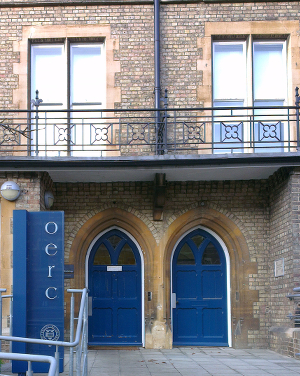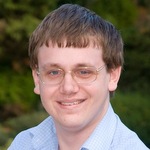Collaborations Workshop lives up to its name
Posted on 27 February 2015
Collaborations Workshop lives up to its name
 By Robin Wilson, Researcher, University of Southampton.
By Robin Wilson, Researcher, University of Southampton.
As a Fellow of the Software Sustainability Institute in 2013, I attended the Collaborations Workshop 2013. To be honest, I did so rather reluctantly: I was in a very busy stage of my PhD at the time, and although it was seemed like a reasonable way to spend a few days, I felt that it was unlikely to produce anything of direct benefit to me. I couldn't have been more wrong.
In the first session at that year's workshop I met someone from the IT as a Utility Network+ and showed off a proof of concept instrument that I'd been developing during my PhD (in all honesty, I'd brought it with me so that if the conference was boring I could slip back to my room and test the instrument!). He was fascinated by it, and strongly suggested that we apply for a IT as a Utility Network+ pilot project to get some funding to continue development. We did so, and won £50,000 of funding – which was enough to employ a post-doc for six months and develop a full prototype instrument. The Collaborations Workshop was living up to its name: within an hour of the start of the conference I'd developed a collaboration which led to significant funding!
The rest of the conference was also fascinating (unfortunately no-one else I met wanted to give me £50,000!). I met three other people who were working on satellite imaging and Earth observation research – albeit in different areas including snow, vegetation and the atmosphere – and we got talking. Again, a collaboration developed, and we decided to apply to the Institute for funding to attend the American Geophysical Union conference in San Francisco – the world's largest Earth science meeting. The Institute agreed, and a very popular session was run at AGU on the topics of software sustainability, reproducible research and software in science.
The unconference structure of the Collaborations Workshop worked very well. It encouraged informal discussions between participants – and it was through these informal conversations that I met the people with whom I later travelled to San Francisco.
While I was rather reluctant to attend CW13, I was very keen to attend CW14. For the relatively small cost of CW13 (in terms of both time and registration fees) I had gained a huge amount, and wanted to repeat this experience.
Collaborations Workshop 2014 had the inspired addition of a Hack Day at the end of the conference – something that a lot of conferences would do well to replicate. So many conferences talk the talk but never get around to walking the walk and actually doing something about the problems they've discussed. CW14 was different, and I got together with four other people during the Hack Day to develop two web applications – all within a single day. One of these then won the Hack Day prize – a brand new tablet from Microsoft!
Attending the Collaborations Workshops was very beneficial: for an outlay of less than £200 I ended up with £50,000 of grant funding, £2,000 of funding to travel to San Francisco and a tablet worth £500. Of course, I wasn't actually this money at the workshop (apart from the tablet, which I played with on the train on the way home!), but I developed long-lasting collaborations that directly led to funding, travel and collaborative research. These would not have happened if I had not attended the Collaborations Workshop, and I strongly recommend attending – it really will live up to its name.

